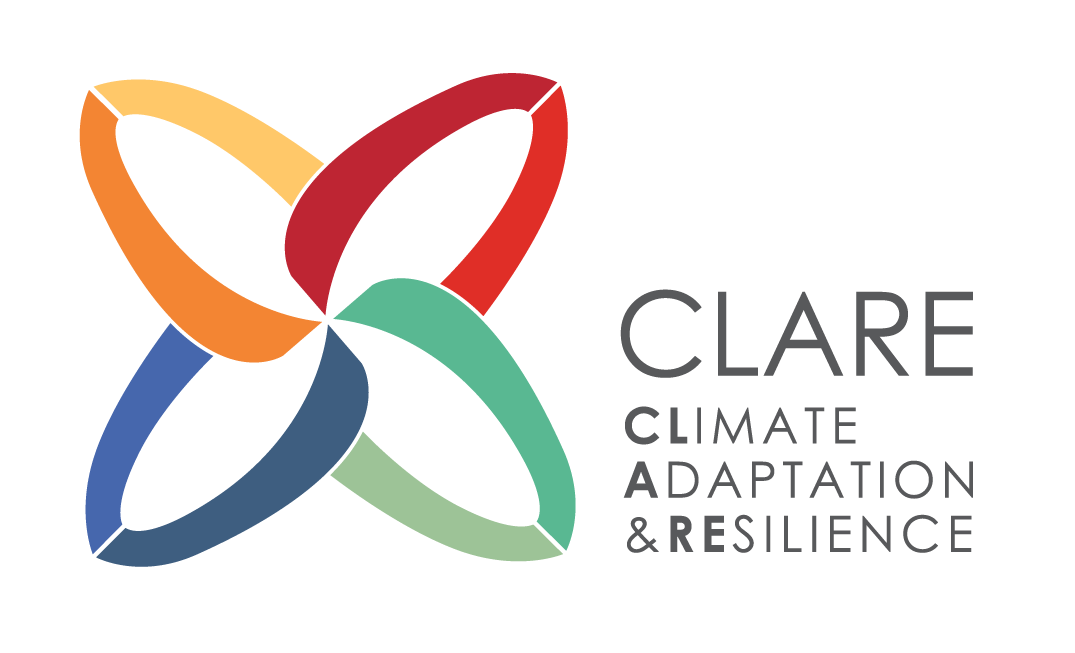Methods to enhance capability in high-resolution information for adaptation: Initial case studies (MECHANICS)
The current generation of weather and climate models are fundamentally limited in their ability to predict important tropical and subtropical weather systems, weather extremes and local climate hazards. This is due to inadequate representation of key physical processes at the scale of one or few kilometres (km-scale), below the typical grid spacing in global models. Such drawbacks limit anticipatory action and forecast-informed adaptation to extreme events such as droughts and flooding, or in response to shifts in the onset of the rainy seasons.
The aim of this project is to develop two case studies to explore and test the extent to which km-scale information can aid adaptation planning and decisions. The first is in Southern Africa, where the rains are critical for agriculture and the livelihoods of a large proportion of the population. To provide greater clarity on the signal for delayed rainy season onset, km-scale ensemble projection will be compared with global circulation models.
The second case study is in Lusaka, Zambia, where growth of unplanned settlements with little infrastructure exposes people to the risk of flooding during the rainy season. This case study will draw on community mapping of floods, used in conjunction with flooding projected with and without km-scale models, and their consequences. This new mapping should be able to determine how marginalized people are vulnerable down to the ward level, localizing future preparedness plans.

